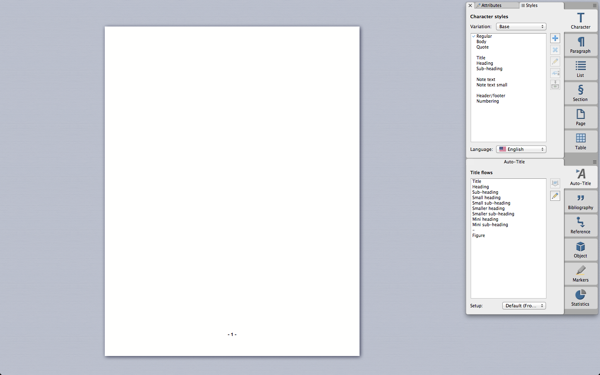On avoiding plagiarism
I’ve been a student panelist at the Virginia Tech Graduate Honor System (GHS) for a few years now, and by far the most frequent infractions students are accused of involve some form of plagiarism. In some cases, alas, the students seem perfectly aware of what they’re upto, but very often, it seems that they just didn’t realize that what they were doing was anything wrong, or indeed, anything out of the ordinary.
Unfortunately, whether you knew and understood or not, if you did it, well, you did it. On that note, here are some pointers on avoiding plagiarism.
Let me focus on writing in particular, even though this applies equally well to any other creative task. If I had to summarize the concept in one sentence, I’d put it this way: when you’re writing something, there should be no ambiguity in the reader’s mind as to who actually composed the words in different portions of your document. If the document header contains your name, the assumption is that you wrote it, unless you specify otherwise. You’re perfectly fine using material from other sources and authors—as long you make it explicitly clear as to the authorship of that material.
Let’s say you’re referring to Wikipedia to understand a particular terminology or concept to include in a paper. You have one of two options:
- Cite Wikipedia as a source, and use the words from Wikipedia within quotation marks.
-
Or, read and understand the material (but don’t memorize it word-for-word), and then close the webpage. Now try writing about the concept that you just read about. Or better yet, come back in an hour and write about it. Chances are the words you write are your own words and your own understanding, even though you read about it on Wikipedia. You should still cite Wikipedia as the source of your information, of course.
If, while writing, you find yourself having to refer to the Wikipedia article to “refresh” your memory of the language used, you’d better cite the article and include the relevant portions verbatim, and within quotation marks.
The quotation marks are important in addition to including citations. This is because, as I mentioned above, citations are a must as sources of information, even if the words and compositions are your very own. If you don’t use quotation marks, it appears, of course, that the words are your own. If they aren’t, guess what you’re guilty of!
Also, remember to be sparing in using material verbatim from sources. A couple of sentences at most, and in rare occasions, perhaps a paragraph or two. If you’re using a paragraph, enclose the entire paragraph in quotation marks, and/or consider italicizing or indenting the paragraph to distinguish from your other paragraphs. Remember, your article is your own, and should almost entirely comprise your sentences. (This seems like a no-brainer, but I’ve seen instances where almost the entirety of a write-up has been “compiled” from various sources.)
There are some excellent resource on the internet about avoiding plagiarism. Here’s one: http://www.plagiarism.org/plagiarism-101/what-is-plagiarism.
To repeat once again, there should be no ambiguity as to the authorship of any portion of your work. Make it clear and cite the source, and you’ll be fine. Please, don’t get caught in embarrassing situations only because you didn’t know better. :)

